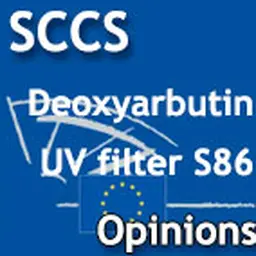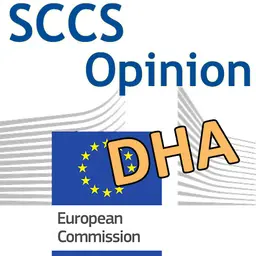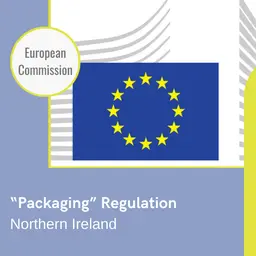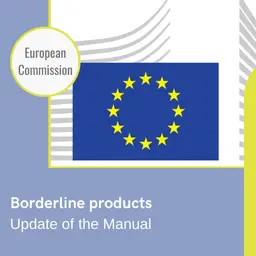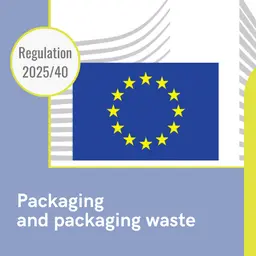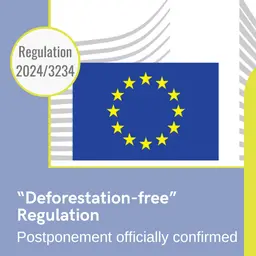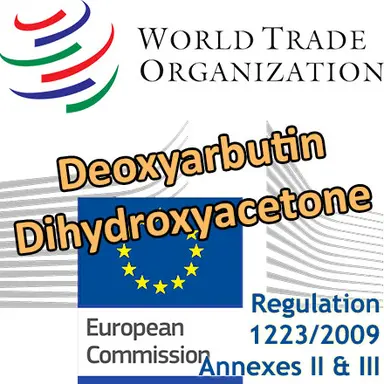
On 20 October 2020, the European Union transmitted to the WTO a draft Regulation intended to ban Deoxyarbutin and to introduce restrictions on the use of Dihydroxyacetone. Amendments to Annexes II (banned substances) and III (restricted substances) of Cosmetics Regulation 1223/2009 are expected to be adopted in the 2nd quarter of 2021.
Notification Date
20 October 2020
Products covered
Cosmetics - Toiletries
Title of the notified document
Draft Commission Regulation amending Annexes II and III to Regulation (EC) No.1223/2009 of the European Parliament and of the Council on cosmetic products
Content
The draft Commission Regulation aims at banning Deoxyarbutin for use in cosmetic products by adding it to the list of prohibited substances in Annex II, taking into account the Opinion of the EU Scientific Committee on Consumer Safety (SCCS). In addition, it proposes to restrict in Annex III the maximum concentrations of Dihydroxyacetone for use in hair dye and self-tanning products. The proposed maximum concentrations are also based on the SCCS Opinion on this substance.
Objective
Protection of human health or safety
The text of the future regulation
Whereas
The substance 4-[(tetrahydro-2H-pyran-2-yl)oxy]phenol (common name: Deoxyarbutin, INCI name: Tetrahydropyranyloxy Phenol), currently not regulated in Regulation (EC) No.1223/2009, results in the release of 1,4-Dihydroxybenzene (INCI name: Hydroquinone). Hydroquinone is included among the substances prohibited for use in cosmetic products, listed under entry 1339 of Annex II to Regulation (EC) No.1223/2009, with the exception of entry 14 of Annex III to that Regulation.
The use of Deoxyarbutin in cosmetic products was assessed by the …

